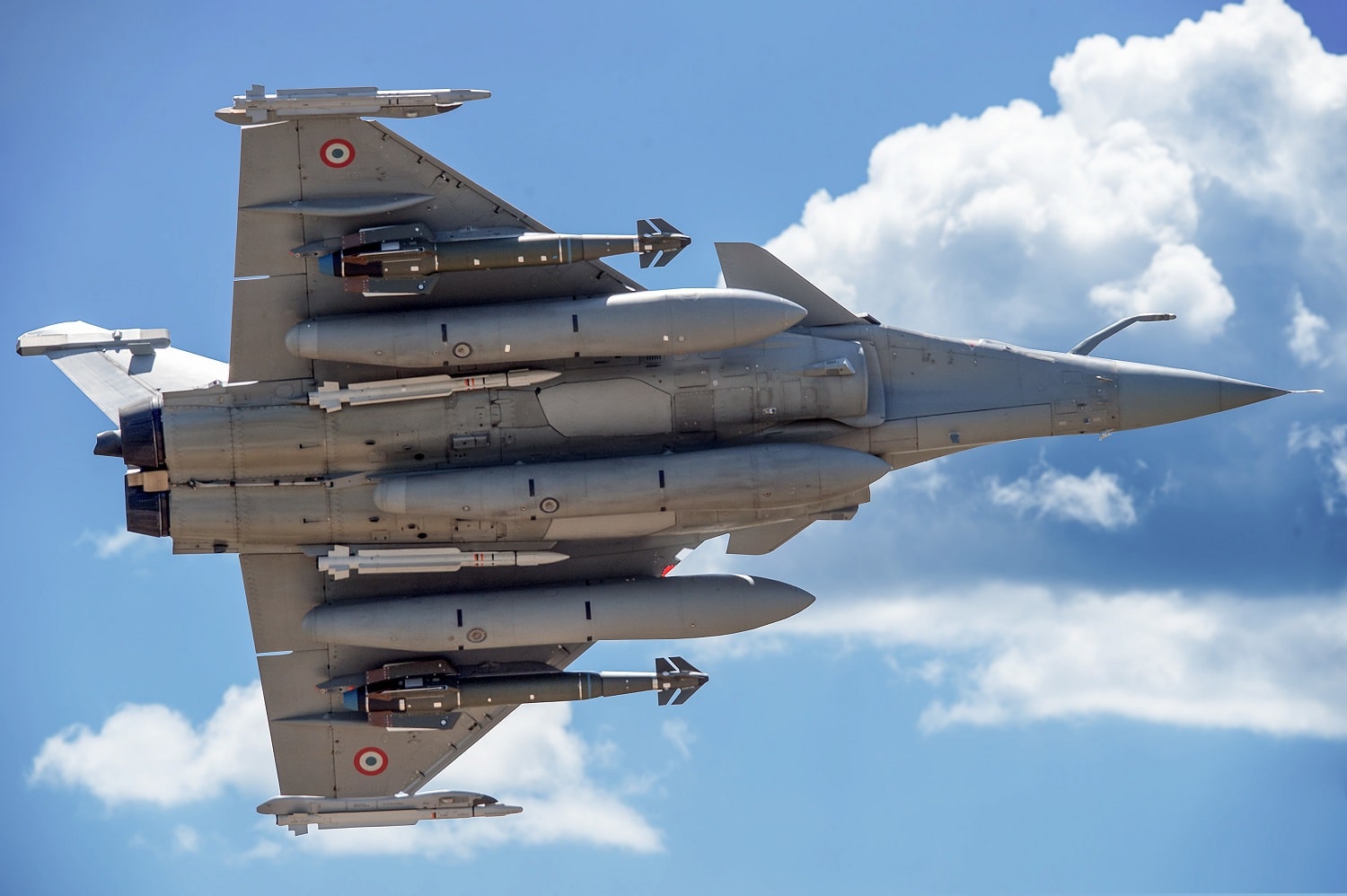Aerospace
Why is there no two-seater Rafale variant for the naval version?

Rafale is one of the world’s most successful fighter jets. It was first introduced in 2001. However, by the later years, this aircraft had received significant modifications. The Rafale is equipped with a variety of weaponry and is designed to execute missions such as air superiority, interdiction, aerial surveillance, ground support, in-depth strike, anti-ship strike, and nuclear deterrence. Dassault describes the Rafale as a “omnirole” aircraft. The Rafale fighter jet’s marine variant has a stronger undercarriage and nose wheel, as well as a larger arrester hook, an integrated ladder, and other minor differences from the ground version.
The F4 comparable standard naval variant of the Rafale is the Rafale M. The rafale jet’s maritime version has a stronger undercarriage and nose wheel, a larger arrester hook, an integrated ladder, and other minor variations from the rafale now in service with the Indian air force.
India is now in the process of procuring new fighter fighters for its naval aircraft carrier. The F/A 18 super hornet, which was developed in the United States, and the Rafale Marine, which was built in France, are both strong contenders for the bid.
Due to design specifications such as a stronger undercarriage and nose wheel, as well as a larger arrester hook, modifying the configuration of the Rafale for a two-seat form is difficult. Typically, the Rafale is utilised extensively in single-seater variants. Dassualt may consider developing a version in the future.
For the time being, it is just supplying a single seater for the naval version. The two-seat aircraft is primarily utilised for training as well as long-range missile deployment. Ground-based aircraft can be utilised to train the Rafale aircraft if the point of view is for training purposes.
If the Rafale had a two-seat variant, it would have won the competition. Since the Rafale aircraft made by Dassault is already in the Indian Air Force.
First civilian version of Dornier 228 : Features , Seats, Range and Speed
Rafale has demonstrated its remarkable capabilities aboard an Indian-built aircraft carrier. According to sources, the Rafale marine variant can fit into the vikramaditya’s lift bay, whereas the F-18 cannot, even with folded wings, fit into the lift bay of the vikramaditya. The Aircraft Carrier can accommodate more Rafale aircraft than the F/A 18.
Rafale can transport up to four or five tonnes of external cargo, as well as full internal fuel for the ski jump. It can carry more weaponry with less internal fuel, depending on mission requirements.
India’s Chinook Helicopter Creates A New Unique Record
With full internal fuel, it can perform all duties, including combat air patrol, intercepts, AD escort, and sea and land strike.
If the Rafale Marine is selected, India may seek to lease four or five of the planes for immediate deployment. Currently, the vikramaditya is armed with two squadrons of aged MiG 29 fighter jets.
Is India’s VVIP Aircraft the world’s most advanced after the B747 of the US Air Force one?
The Rafale marine that was sent for testing is the most recent version of the fighter-specific upgrade. This fighter plane is equipped with one-of-a-kind armaments, making it a more lethal battle fighter. It’s a nuclear-capable meteor air-to-air missile, as well as SCALP air-to-ground missiles and hammer precision guided ammunition.

Aerospace
When Ratan Tata was denied entry to the airfield at the Aero India show, he waited

During our visit to Aero India 2019, we had the unexpected opportunity to see Ratan Tata at the event, which was a thrilling moment for us. However, there was a surprising hiccup when the security staff didn’t allow him to enter due to a lack of a security pass.
Despite this, he remained calm and patiently waited for about 20 minutes until a member of the Tata team brought him the required pass, after which he calmly proceeded inside. It was a humbling sight, showcasing his composed demeanor even in such situations.
Ratan Tata ji is not only a renowned industrialist but also a trained pilot, holding a pilot’s license. In 2007, he became the first Indian civilian to fly the F-16 Falcon during the Aero India show in Bangalore—a proud moment for the nation.
His passion for aviation extended beyond flying, as he played a key role in shaping India’s aerospace industry. Under his leadership, Tata ventured into manufacturing and maintaining aerospace components while upholding its legacy of quality. Notably, Tata’s collaboration with Airbus to develop and manufacture the C295 aircraft is a testament to its growing influence in the sector.
-

 Aviation2 months ago
Aviation2 months agoMicrosoft Flight Simulator Raises $3 Million to Bring Back the An-225 Mriya
-

 Airlines2 months ago
Airlines2 months agoQatar Citizens Can Travel to the United States Without a Visa
-

 Aviation2 months ago
Aviation2 months agoQatar Airways bans these new Electronic Devices on plane
-

 Defence2 months ago
Defence2 months agoWhich Country Has the Largest Fleet of Fighter Aircraft?
-

 Airlines1 week ago
Airlines1 week agoDAMAC Air: Dubai’s New Luxury Airline Offers Free Flights for Registration
-

 Airport2 months ago
Airport2 months agoWestern Sydney Airport Welcomes Its First Plane After 6 Years of construction
-

 Airlines7 days ago
Airlines7 days agoAir India to Launch aircraft maintenance training institute in Bengaluru
-

 Aviation2 months ago
Aviation2 months agoDid you know ? Once Boeing 747 carried 1088 passenger in 1991








